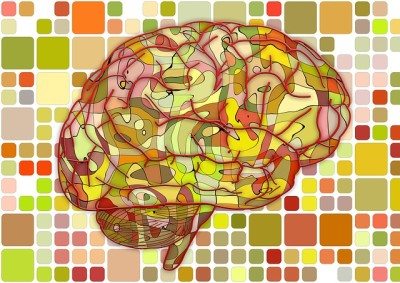 Once upon a time there was widespread belief that the human brain was fully developed by the time a child reached 5 or 6 years old. We know, for example, that the amygdala, the part of the brain that is responsible for instinctual reactions such as fear and aggressive behavior, does fully develop early. However, thanks to new technologies such as magnetic resonance imaging (MRI), neuroscience researchers have discovered that, although 95 percent of the brain’s architecture is formed by the time a child is 6 years old, there are significant changes that occur around the time of the onset of puberty, between 10 and 13 years of age.
Once upon a time there was widespread belief that the human brain was fully developed by the time a child reached 5 or 6 years old. We know, for example, that the amygdala, the part of the brain that is responsible for instinctual reactions such as fear and aggressive behavior, does fully develop early. However, thanks to new technologies such as magnetic resonance imaging (MRI), neuroscience researchers have discovered that, although 95 percent of the brain’s architecture is formed by the time a child is 6 years old, there are significant changes that occur around the time of the onset of puberty, between 10 and 13 years of age.
Scientists have discovered that during adolescence there is a rapid increase in the connections between the brain cells and refinement of brain pathways and that these changes are critical for the development of coordinated thought and action.
As my colleague Craig Haen put it, “In the teen years, young people are going through a software upgrade, neurologically, in which circuitry is being consolidated, networks are being reorganized, connections are being made stronger and more expedient and unused pathways are wearing away.”
Changes in the brain take place in the context of many other factors including early childhood experiences and environment. Scientists are continuing to look into the development of the brain and the relationship between the changes taking place, behavior and health.
‘‘Child and adolescent brain studies affirm that the brain is hard-wired for social interaction and for attaching and bonding with caregivers.”
The stakes are great during the teenage years. There is a perplexing contradiction between adolescents reaching the peak of physical health, strength and mental capability and, at the same time, facing greater risks and hazards than ever before. Parents walk a fine line between supporting their children’s independence and protecting them from harm.
Child and adolescent brain studies affirm that the brain is hard-wired for social interaction and for attaching and bonding with caregivers. Despite all the scientific advances, according to leading brain researcher Jay Giedd, people might be disappointed to know that the “best advice we can give is things that our grandmother could have told us generations ago: to spend loving, quality time with our children.”
Teenagers hunger for significant relationships with adults who care about them. This belief has been validated by social scientist Ellen Galinsky, who interviewed more than a thousand children and found that teens longed for more time with their parents, even when they seemed to be pushing them away.
Galinsky concluded, “Even though the public perception is about building bigger and better brains, what the research shows is that it’s the relationships, it’s the connections, it’s the people in children’s lives who make the biggest difference.”
If a child’s job is to explore and a parent’s job is to protect, understanding changes in adolescent brain development offers an opportunity to support and create environments that promote positive peer experiences, where teens can safely explore and experiment and avoid behavior that can harm themselves or others.

Andrew Malekoff is the executive director of North Shore Child & Family Guidance Center (www.northshorechildguidance.org), which provides comprehensive mental health services for children from birth through 24 and their families.


















